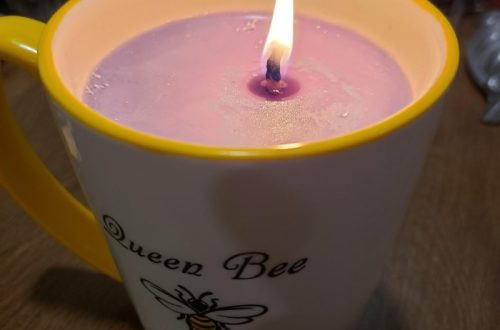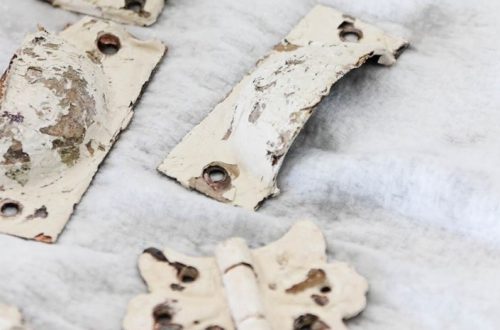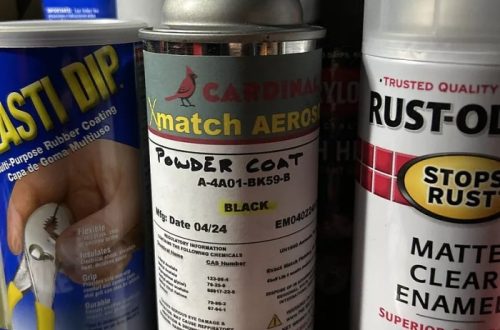Causes of Beaker Breakage
Understanding the reasons behind broken beakers can help prevent future incidents. The common causes include:
- Physical Impact: Dropping or bumping beakers against hard surfaces.
- Temperature Shock: Sudden changes in temperature can cause glass to crack.
- Chemical Stress: Some chemicals can weaken glass over time.
- Improper Handling: Using beakers for unintended purposes or mishandling.
- Manufacturing Flaws: Occasionally, imperfections during the production process.
Recognizing these risks is the first step to minimizing beaker breakage in a lab setting. Proper training and awareness can significantly reduce the chances of these common causes leading to accidents.
Safety First: Steps to Take Immediately After a Breakage
When a broken beaker accident occurs, safety is the highest priority. Follow these urgent steps:
Evacuate the Area:
Clear everyone from the vicinity of the broken beaker to prevent injuries.
Wear Protective Gear:
Before handling broken glass, put on safety gloves and goggles.

Contain the Hazard:
Use a dustpan or cardboard to gather all the glass pieces. Avoid using your hands.
Neutralize Chemicals:
If the beaker contained chemicals, apply an appropriate neutralizing agent.
Ventilate the Space:
Open windows or use lab fans to disperse any vapors from spilled chemicals.
Report the Incident:
Notify your lab supervisor or the designated safety officer immediately.
Taking prompt and proper action can minimize the risk of injury and contain the situation efficiently. Ensure that all lab personnel are informed about these procedures to handle broken beaker incidents effectively.
Cleaning Up Glass Shards: Best Practices
After a broken beaker incident, cleaning up glass shards safely is crucial. Here are best practices:
- Prepare the Area: Before cleaning, make sure the area is secure, and no one can enter accidentally.
- Use the Right Tools: Always use a brush, dustpan, or other mechanical means to sweep up the glass. Never use your hands, even with gloves.
- Clear Small Particles: For tiny fragments, dampen a paper towel or use duct tape to pick them up safely. Dispose of the towel carefully.
- Check for Remnants: Look attentively for any glass slivers or tiny shards that might be overlooked during the initial cleaning.
- Secure Disposal: Place all glass pieces in a rigid container, like a cardboard box. Label it clearly as ‘broken glass’ to prevent mishandling.
- Final Inspection: Once you’ve collected all the shards, inspect the area thoroughly to ensure all glass is removed.
These steps will help protect you and your lab colleagues from potential injuries related to broken beaker mishaps.
Disposal of Broken Glassware: Environmental Considerations
The proper disposal of broken beaker glassware is not only a matter of safety but also of environmental responsibility. Here are key points to consider:
- Segregate Glass Waste: Separate broken glass from general waste. This prevents contamination and allows for potential recycling.
- Use Specific Bins: Dispose of broken beakers in designated bins. Labs should provide clearly marked containers for glass waste.
- Recycle if Possible: Check if your facility has a glass recycling program. Recycled glass reduces landfill waste.
- Handle with Care: When transferring broken glass to disposal bins, use proper equipment to avoid injuries.
- Follow Regulations: Adhere to local waste management rules. They ensure eco-friendly disposal of hazardous materials.
- Educate the Team: Ensure that all lab members know the correct disposal procedures. This fosters a culture of environmental awareness.
Effective disposal methods minimize the environmental footprint of lab operations and promote a sustainable work environment.

Assessing the Damage: When to Salvage or Discard
Once you have safely cleared the broken beaker from the laboratory space and contained any potential hazards, it’s time to assess the damage. Deciding whether to salvage or discard broken glassware is not always straightforward. When making this decision, consider the following points:
- Extent of Damage: Examine the remaining pieces of the beaker. A minor chip might not compromise safety, but multiple cracks usually mean it’s time to discard.
- Safety Risk: Any beaker that may leak or has sharp edges that cannot be smoothed out should be disposed of to avoid risk of injury.
- Cost of Replacement: Sometimes, the cost to replace a beaker is less than the effort and risk involved in attempting to repair it.
- Type of Use: If the beaker was used for critical measurements or reactions, it’s safer to replace it to ensure the integrity of future experiments.
- Recyclability: If the broken beaker can be recycled, this may influence the decision to discard it, knowing that it won’t contribute to waste.
At the end of the day, if there’s any doubt about the safety or functionality of a damaged beaker, it’s best to err on the side of caution and discard it. Safety should always take precedence over cost savings in the laboratory environment. Ensure that all broken beakers are disposed of in accordance with the best practices outlined previously to maintain a safe and responsible lab.
Preventing Future Accidents: Storage and Handling Tips
After dealing with a broken beaker, it’s crucial to focus on preventive measures to avoid future accidents. Here are some storage and handling tips that can help ensure safety in the laboratory:
- Organize Storage Areas: Keep beakers and other glassware in a designated, secure area. Do not overcrowd shelves.
- Use Protective Padding: Line shelves with foam or rubber padding to cushion glassware and prevent breakage.
- Implement Safe Handling Routines: Teach staff to handle beakers with both hands. Remind them to walk carefully when transporting glassware.
- Avoid Extreme Temperatures: Do not expose beakers to sudden temperature changes. Gradually heat or cool glassware when needed.
- Conduct Regular Inspections: Check for any cracks or weaknesses in beakers before and after use. Discard any compromised glassware immediately.
- Label Beakers Properly: Mark beakers with their contents. This helps prevent mixing chemicals that could weaken the glass.
- Utilize Proper Racks and Holders: When setting up experiments, always use the appropriate support equipment for beakers.
- Provide Adequate Training: Ensure all lab personnel are trained in proper storage and handling techniques for glassware.
- Maintain a Clean Workspace: Keep work areas free of clutter. This reduces the risk of knocking over beakers accidentally.
Consistent adherence to these tips can greatly reduce the likelihood of breakage and maintain a safer laboratory environment for everyone.

Training Staff for Glassware Mishaps
Proper training is key to reducing the number of broken beaker incidents. Equip your staff with knowledge and skills to handle glassware safely and respond effectively to accidents. Here’s what you can do:
- Host Regular Training Sessions: Schedule periodic workshops on the handling and care of glassware.
- Create Detailed Protocols: Provide clear, written procedures for handling, cleaning, and disposing of broken glass.
- Offer Hands-on Practice: Allow staff to practice with old or disposable beakers to get comfortable with proper techniques.
- Simulate Scenarios: Run drills simulating different types of accidents that might occur, enforcing the correct response.
- Reinforce the Use of Safety Gear: Emphasize the importance of wearing protective equipment while handling beakers.
- Invite Experts: Consider bringing in specialists for advanced training on glassware safety.
- Encourage Communication: Teach staff to voice concerns about potential hazards they notice in the lab.
- Provide Resources: Make sure all protocols and safety data sheets are easily accessible to everyone.
Instilling a culture of safety and responsibility greatly diminishes the possibility of future broken beaker accidents. Your staff’s ability to act swiftly and correctly is your best defense against laboratory mishaps.
Repair Options for Damaged Beakers: Is It Viable?
It’s crucial to consider the viability of repairing damaged beakers from a safety and cost perspective. In most cases, the best course of action is to dispose of the broken beaker and replace it with a new one to ensure the safety and integrity of future laboratory work. However, for minor damages like small nicks or chips, depending on the use of the beaker and the nature of the lab work, certain repair methods could be explored cautiously.
Here are a few factors to weigh when considering repair:
- Assess the Risk: Scrutinize the beaker for risk of contamination or injury. If repair poses any risk, discard the beaker.
- Evaluate the Cost: Compare the cost of repair to the price of a new beaker. Often, replacement is more economical.
- Consider the Usage: If the beaker is for non-critical use, you might attempt minor repairs. For precision work, always choose a new beaker.
- Check Repair Methods: Look into safe repair options like epoxy for glass if the damage is minimal. Follow the product’s safety instructions closely.
In conclusion, while you can sometimes repair a damaged beaker, prioritize safety and practicality. When in doubt, replacing the beaker is the safest bet to maintain high standards in your laboratory operations.




